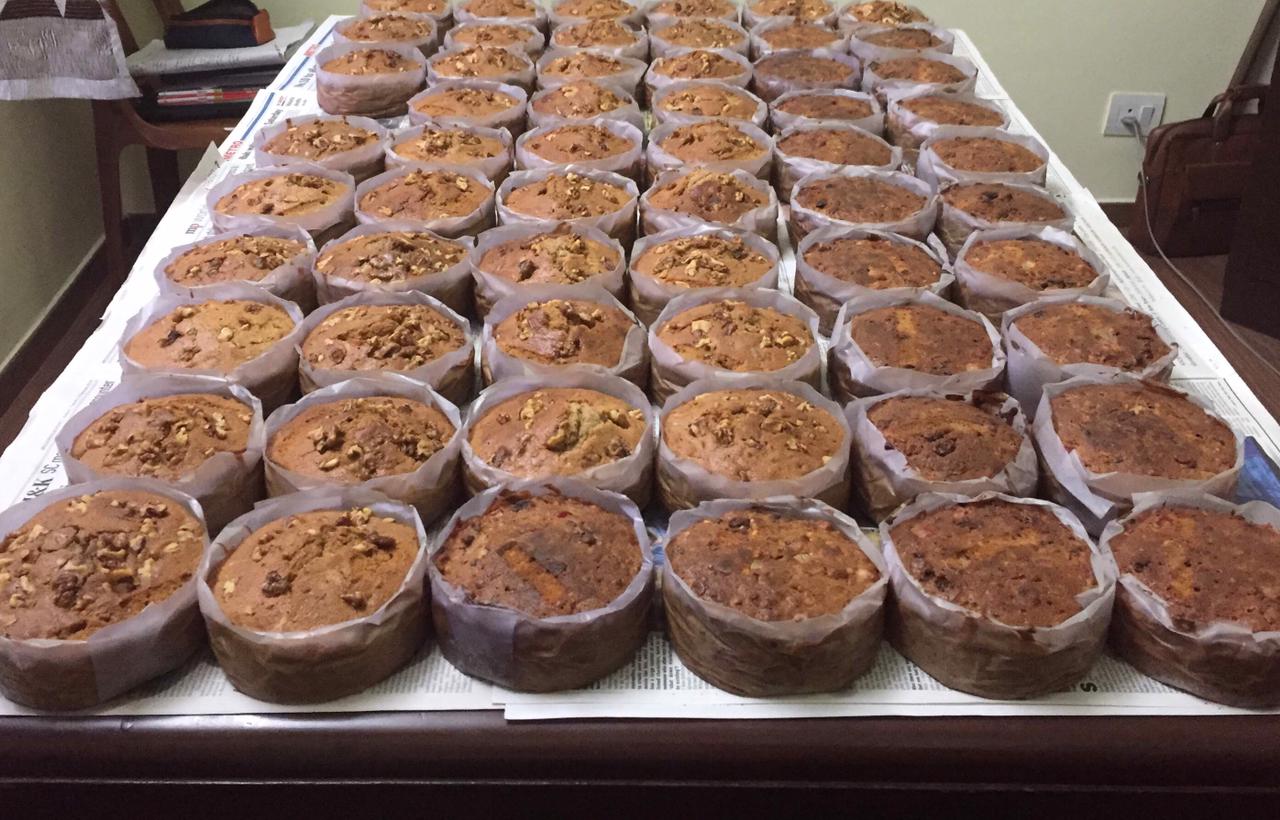Kolkata’s Durga Pujo festival was recently given international recognition by UNESCO. The festival has now been added to its honourable “Intangible Cultural Heritage” list. However, those who think that Durga Pujo is the only monumental festival to come out of this city have definitely not seen the extent of the grandiose of Christmas festivities here. The Regent Street substitute for the London of the east is our very own Park Street which is equally famous for its spectacular Christmas lighting!
Kolkata has been “home” to more than one community of people who have had a hyphenated existence for generations. The Armenian-Indian and Anglo-Indian communities are two such examples. The historic presence of these micro-minorities has lent the city its unique cosmopolitan flavour and very literally makes it a melting pot of cultures. In recent times, the population of these communities has seen a steady decline with most of the younger members migrating to foreign countries in search of better economic opportunities. However, their legacy lives (amongst other things), through their cuisines.
My encounter with Anthony & Brunnel’s home kitchen is a stellar example of how “food” can be a powerful weapon to ignite an ordinary person’s interest to learn more about a diasporic community’s history, especially those we share a common home with. It is important to keep their stories alive in our collective memory as we move towards a world that is becoming increasingly majoritarian in its disposition.
Brunnel Arathoon began her journey into the culinary business as an experiment in 2016. “My Armenian father-in-law used to joke about how I didn’t know much about my own Armenian roots including the cuisine. So, one day my husband and I decided to give it a go!”, says Brunnel who is Armenian-Indian from her father’s side and Anglo-Indian from her mother’s side just like her husband. She and her husband Anthony Khatchaturian now run a very successful home kitchen out of Picnic Garden in South Kolkata that is mostly always sold out during the holiday season. During this time all their clients are in a hurry to grab a piece of the assortment of cakes and home-made wines on offer!
Turns out the Anglo-Indians of Calcutta have been making their own wines for many generations now. Brunnel swears by her aunt’s wine recipes and sells them in a range of flavors including grape, ginger, Irish cream, pomegranate, raisin, beetroot, orange, blackberry, mulled and plum! These wines are made at home from scratch by fermenting sugar and yeast and have no added alcohol! “Winemaking is a time-consuming process that requires a watchful eye and a strong nasal instinct. One must be able to tell which batches need stirring and which ones need to be left alone. Too much stirring can also spoil the concoctions. A batch of homemade wine typically takes 6-8 months to ferment until it’s ready for consumption and must be stored carefully under strict supervision”, Arathoon says.
Brunnel’s home kitchen is famous for her special “Armenian cake”. Its taste is a welcome departure from the flavours of the traditional Christmas cake which is high on its candied fruit content. “The Armenian cake is packed with spices like cinnamon and nutmeg. You can smell the spices even before you actually taste the cake. It has low sugar content and the only dry fruits we use are walnuts and almonds,” Arathoon says. “The spicy flavor of the Armenian cake is a perfect match for the spices in the mulled wine and is my best selling combo.”
Anthony & Brunnel’s home kitchen charmingly represents their family’s mixed heritage.
As I headed home through Park Street that evening after interviewing Brunnel, my cab stopped before the iconic Park mansion which is one of the many statuesque heritage buildings lining Park Street. I got off the cab on a whim to experience the spectacle of the Christmas lights for just a while longer before heading home. As I was walking past the building, I chanced upon the foundation plaque of the complex: “Park Mansions: The foundation stone of this building was laid by Lizzie, wife of T.M. Thaddeus, on the 1st May 1910.” Thaddeus Mesrope Thaddeus, an Armenian merchant and philanthropist was the man who built this residential complex back during the “golden days” of the British Raj in India. A little more research plainly reveals that quite a bit of the architectural heritage of Calcutta that we misconstrue today as the legacy of the Raj is in fact accredited to the city’s centuries-old Armenian community!
Walking back home that evening with a spring in my steps and a smile on my face, I realised that my encounter with the Armenian spiced cake barely scratches the surface of the history of the contributions of the Armenian community that enriches Calcutta’s distinct cultural heritage. But food is always a great place to start!
As micro-minorities become increasingly invisible from the city’s social milieu, their legacy lives on through our common love for food and for people like Brunnel and Anthony who have opened up their kitchens to feed us and inspire us to learn more about our shared, collective heritage of this greatly nostalgic city we call home.
Featured image provided by the author

